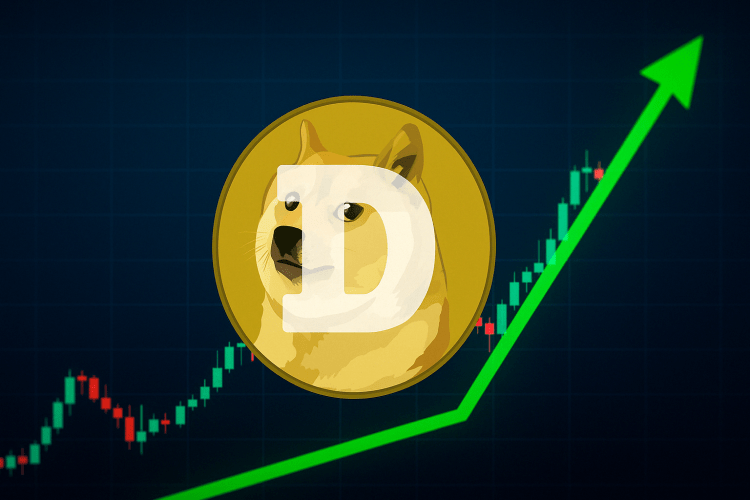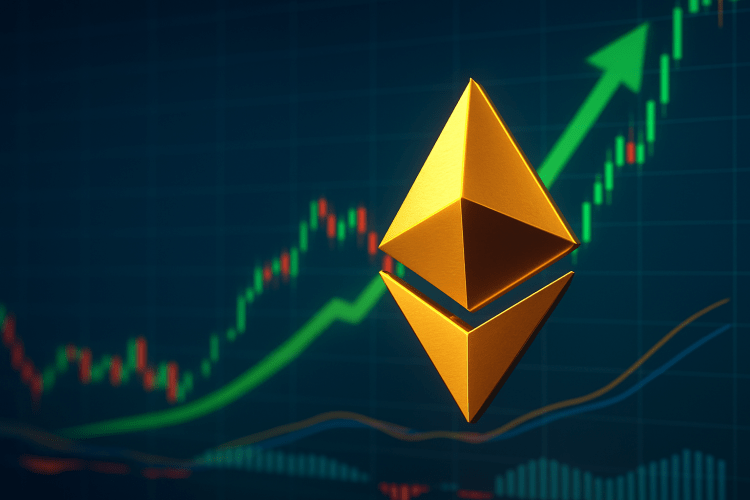Bitcoin’s Market Potential: Analysis & Core Technology
Note: This post may contain affiliate links, and we may earn a commission (with No additional cost for you) if you make a purchase via our link. See our disclosure for more info. The crypto world is constantly changing. This content is for informational purposes only and not financial, legal, or professional advice So, please verify the info on the cryptocurrency provider’s websites.
The latest market analysis indicates a strong bullish outlook for Bitcoin, projecting a potential rebound to $96,000. This optimistic forecast is rooted in a “bull flag” pattern identified on price charts, a technical indicator often signaling a continuation of an uptrend after a period of consolidation. Further reinforcing this positive sentiment is the Puell Multiple indicator, which suggests that Bitcoin (BTC) is currently undervalued at its present price levels, presenting what analysts refer to as a “discount” zone for potential investors.
Bitcoin, as the pioneering decentralized digital currency, serves as the fundamental product or technology underpinning this market speculation. Its core features include a peer-to-peer electronic cash system, operating on a public, distributed ledger known as the blockchain. This innovative technology ensures transparency and immutability of transactions without the need for intermediaries like banks. A critical technical specification is its finite supply, capped at 21 million coins, a design choice that contributes to its perceived value as a store of value and a hedge against inflation. Transactions are secured through cryptographic proof and validated by a decentralized network of miners using a Proof-of-Work consensus mechanism.
The benefits of Bitcoin extend beyond its technical prowess. It offers censorship resistance, global accessibility, and financial autonomy, making it an attractive asset for a diverse target audience. This includes institutional and retail investors seeking alternative assets, individuals in regions with unstable economies or limited access to traditional banking services, and tech-savvy individuals interested in the future of finance. Its decentralized nature means no single entity controls it, providing resilience against government interference or corporate manipulation. The current analysis, highlighting its undervalued status and significant price target, underscores Bitcoin's ongoing relevance and potential as a transformative financial technology. This perspective positions Bitcoin not just as a speculative asset, but as a robust technological product with enduring features and benefits.











